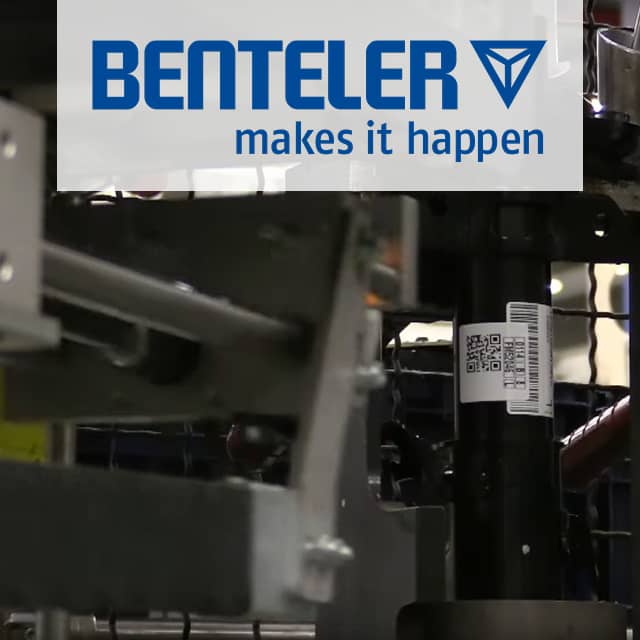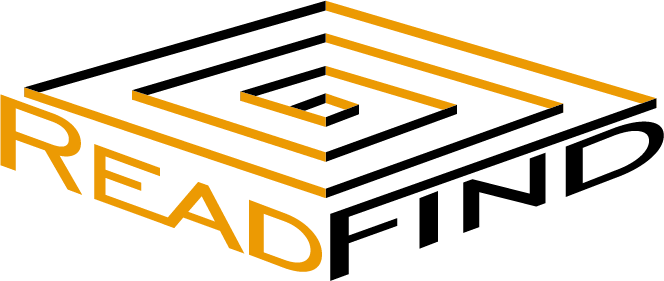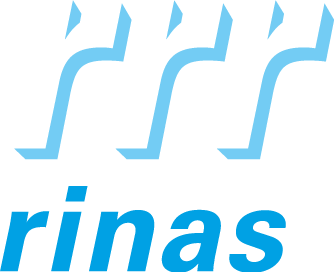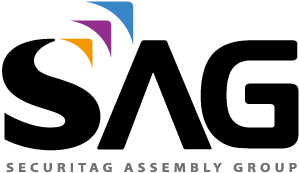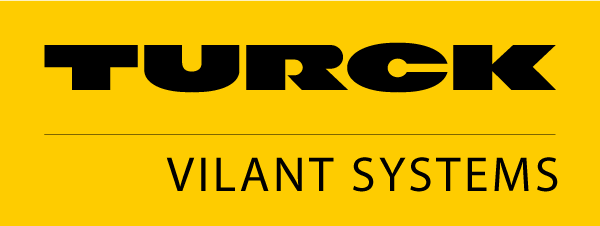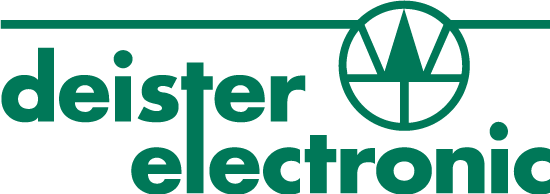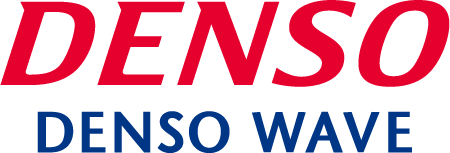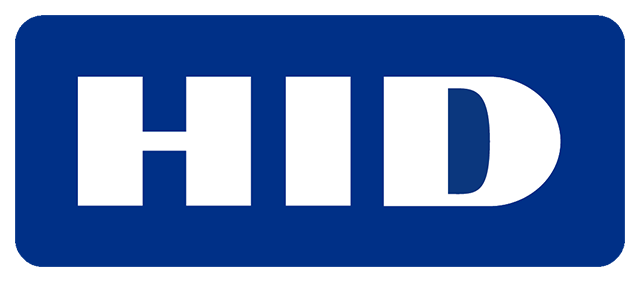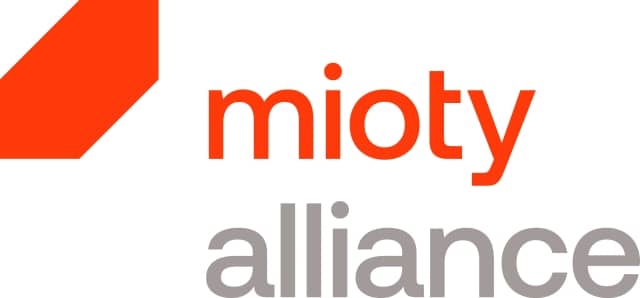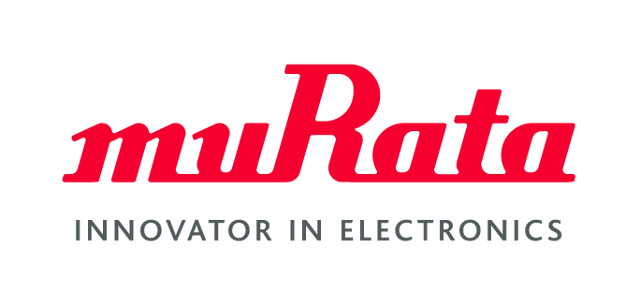Benteler Automotive is a division of the German company Benteler International AG, which was founded in 1876 and specializes in metal processes. Its headquarters are located in Salzburg, Austria. The company employs 25,000 people worldwide at 92 locations in 27 countries and operates as a global Tier 1 supplier.
The Benteler Automotive Division develops and produces components such as structural parts, airbag tubes and camshafts for the car body, chassis, engine and exhaust systems, along with solutions for electric vehicles. The company is the world market leader in crash management systems and axle suspensions.
The company required a labelling solution for front and rear axles, suspension struts, wheel carriers and drive shafts to enable the identification and tracking of these components in the supply chain and to reduce manual labelling tasks.
(Image Source: Bluhm Systeme)
Process Requirements
Identification labels in the automotive supply chain are required to contain both a barcode and a QR-code, as well as a unique identification number. These codes and the label must adhere to specific requirments and be both readable and durable. Safety and critical components in particular are subject to strict guidelines.
In Benteler Automotive's production, products are transported on a production line, on which the labelling system must be integrated. A continuous and error-free labelling of products is required. The products have a curved surface, which makes the application of an identification label more difficult.
Objectives of Benteler
- Labelling of produced components in compliance with VDA standards
- Automation of product labelling
- Labelling with barcode, QR code and identification number
The Benteler Solution
Benteler Automotive uses the Legi-Air 4050 labelling systems along its conveyor belts to label front and rear axles, suspension struts, wheel carriers and drive shafts.
The labelling system is modular, enabling an easy integration at different points along the conveyor belts to label different components. Three labelling systems are used to label front and rear axles, suspension struts, wheel carriers and drive shafts. The systems identify the component and print and apply the respective label automatically. Every label is applied to the products with high precision despite the curved application surface. This process only takes a few seconds.
The applied labels contain both a barcode and a QR code, as well as an identification number. Automotive standards for labelling are complied to. The labels are read at later stages in the supply chain in order to identify products in logistics and OEM production processes.
Hardware & Software
- Bluhm Systeme – Legi-Air 4050 Labelling System
Advantages
- Labelling of produced components in compliance with VDA-Standards
- Automation of product labelling
- Labelling with barcode, QR code and identification number
Learn More
Questions? Get in touch with the editorial team!
